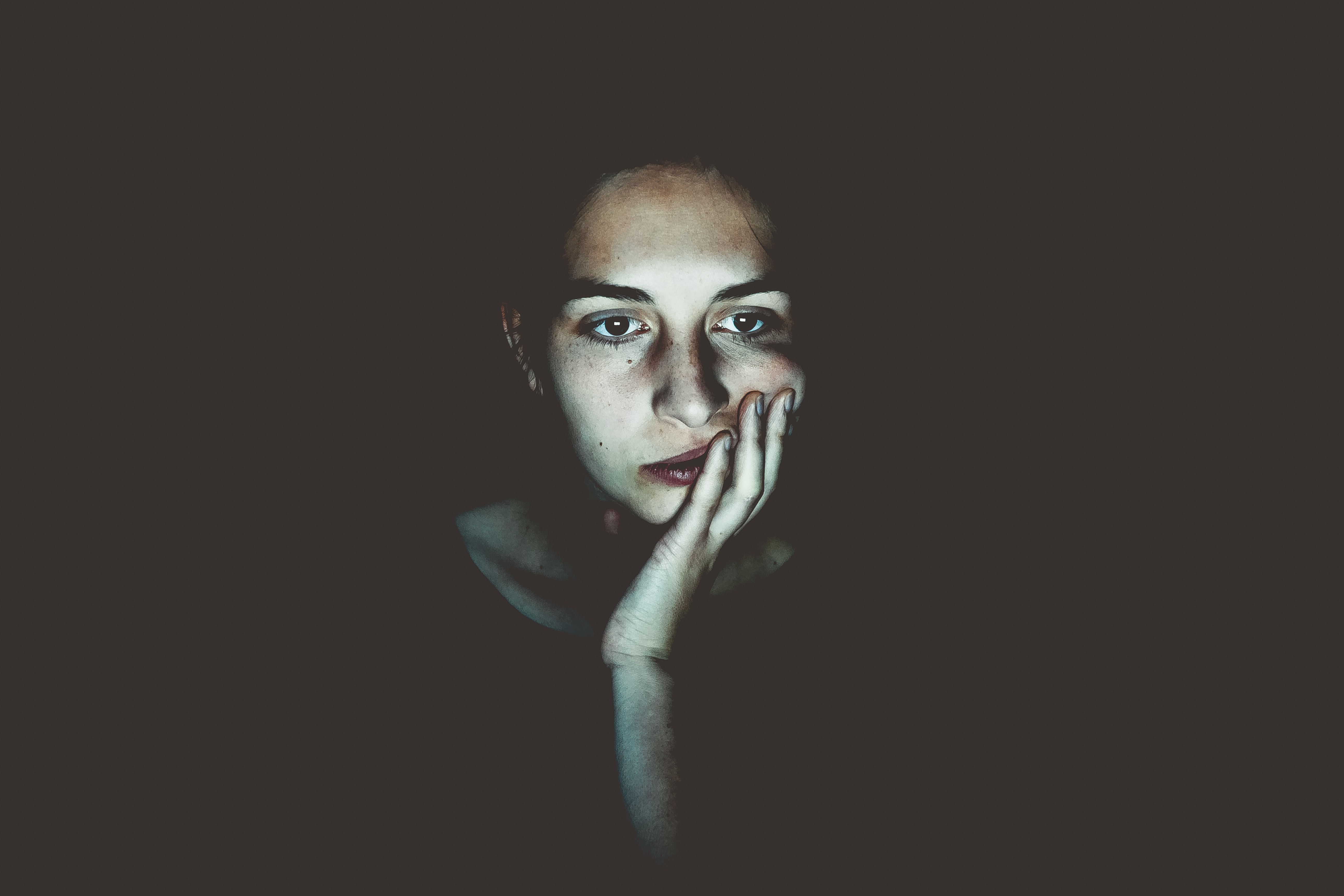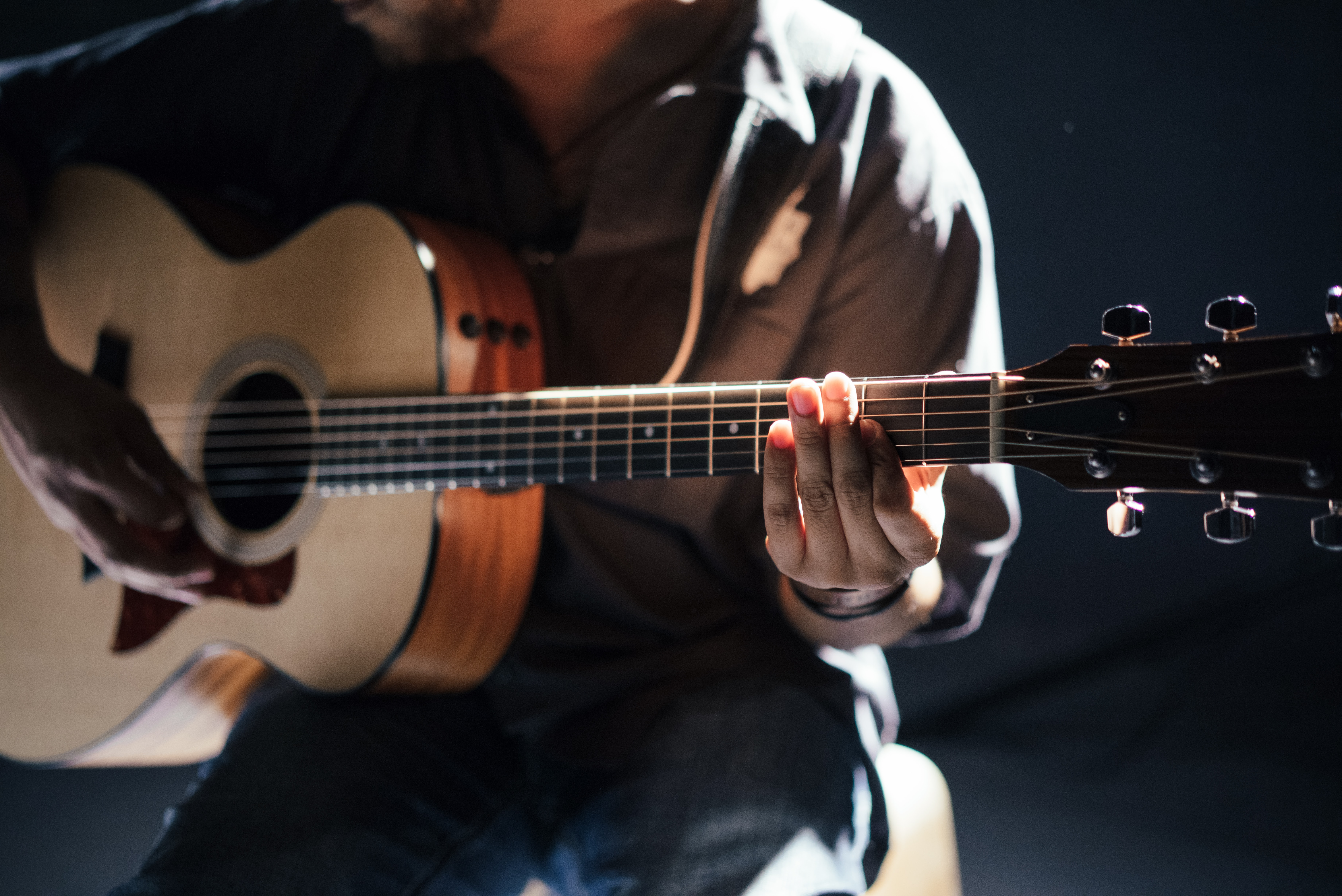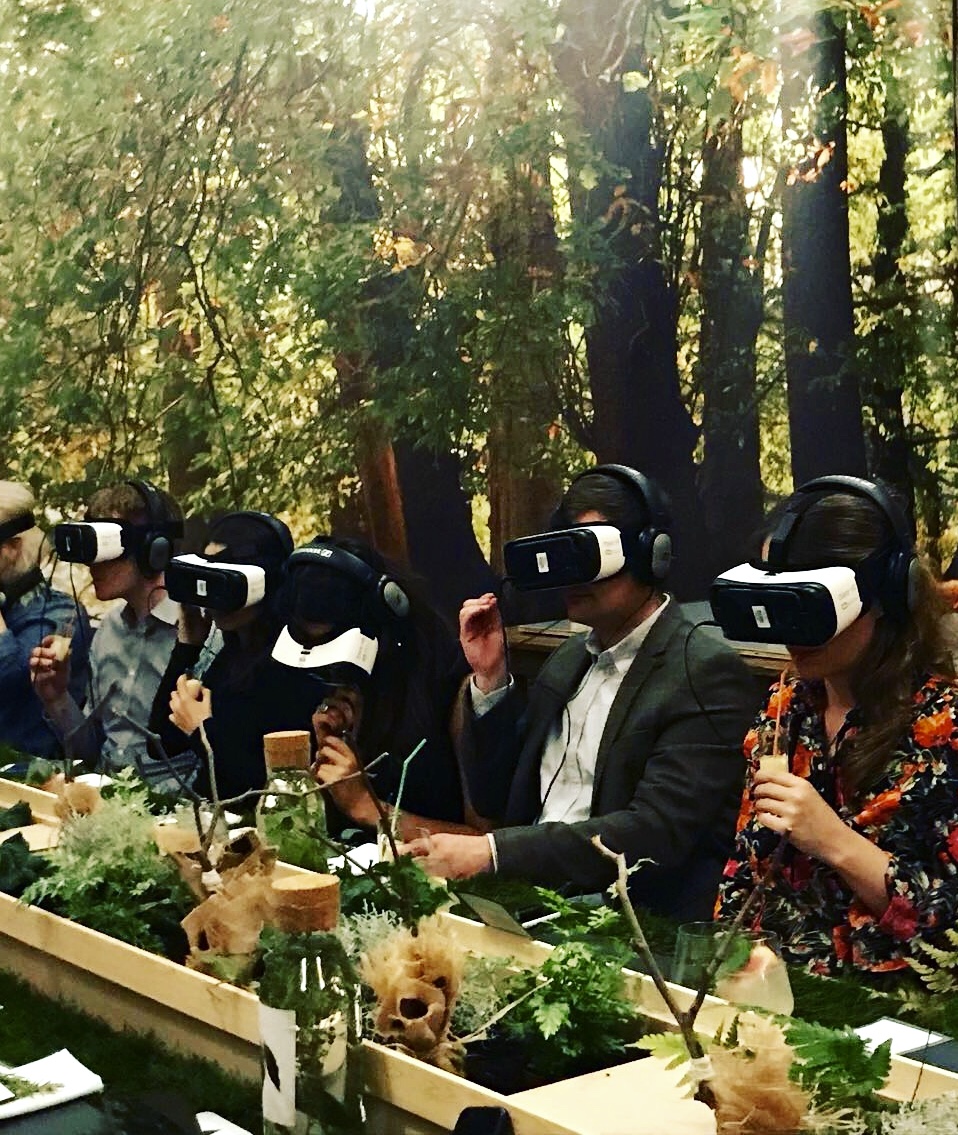TT Journal, Vol.1, ISSUE 2, 19th March 2021
by Kim Arazi
In March 2020, when the world as we know it came to a halt, so did my business. As a public speaker and an experience designer, curator and facilitator of multi-sensory dining experiences for the purpose of self-reflection, meaningful connection and to spark innovation from within, all my upcoming gigs instantly evaporated.
Luckily, due to the nature of my work (and thanks to my daily yoga and meditation practice), I have learned to navigate through uncertainty. Like most creatives who have to continuously iterate, adapt and grow out of their comfort zones, this is the world I inhabit and the one in which I have come to thrive.
In addition, the idea of working virtually didn’t throw me as much as it could have as being a solo-entrepreneur, I am accustomed to working in this way. Although my work involved in-person events, it was always clear we were heading in the virtual direction; the ‘Great Pause’ only accelerated the process, making virtual communication mandatory rather than optional (and skyrocketing Zoom’s share prices!) Whether we like it or not, the future is virtual and although online communication will never replace human interaction, we need to learn to embrace it one way or another.
Unfortunately, none of this helped pay the bills. The fact was, my business could no longer function the way it had been (producing live experiences) and I was going to have to change courses in order to deliver anything meaningful in this new reality.
NECESSITY IS THE MOTHER OF INVENTION
Interestingly enough, as soon as COVID hit, there were an abundance of virtual offerings out there to distract us and help us forget that we may be feeling sad and lonely – from webinars giving us tips of how to WFH (work from home) to online conferences feeding us new information to virtual workouts keeping us fit. There are even numerous online DJ parties and creative festivals where one can dance around the living room in pyjamas (or in costume) with hundreds, if not thousands, of others, watching them do the same.
But while these virtual options may be intellectually stimulating, physically rewarding and can even be a lot of fun, the truth is that very few of them answer our need to connect emotionally with ourselves and other human beings on a deeper, more meaningful level. At the end of the day, none of them really help us feel less alone.

JUST BECAUSE WE’RE SELF-ISOLATING, DOESN’T MEAN WE NEED TO FEEL ISOLATED!
This is the conversation that my friend Luciana, co-founder of a mental health startup, and I found ourselves engaged in last March when an idea sparked:
Could there be a way to adapt my multi-sensory dinners to the virtual world so that these experiences could help people navigate the loneliness that self-isolation brought on by giving them a sense of deeper connection? Of course, as it would be online, I wouldn’t be able to provide the meal, the scents or the tactile elements as I normally do in my dining experiences, but could it be that by having people create these multi-sensory elements for themselves, we could give them a better understanding of the importance of sensory engagement on positive mental health?
And just because I like to challenge myself, I added another ingredient to the mix:
What if I could also help musicians by giving them an outlet from which to share their music, gain new fans and earn some money? Would they be up for performing on Zoom? `Would we even be able to hear them properly through a screen?
The truth is that at that point, I wasn’t sure any about any of this, but the only way to know is to try…
SENSORY ENGAGEMENT THROUGH A SCREEN
So with curiosity, determination and the emotional and technical support (as well as co-hosting skills) of Luciana, whose passion for positive mental health meant she was keen to be part of this experiment, I launched the very first Virtual Table at the Karajan Music Tech Conference.
The Virtual Table was created to bring the concept of commensality (the somewhat forgotten practice of eating together at the same table) and all the joy and fulfilment that comes with it, to the virtual world in a time of self-isolation. The idea was that we would encourage our guests to engage all their senses – from selecting specific ingredients inspired by a meaningful theme, going through the motions of cooking the meal ourselves, sitting to share our meal together and actively listening to beautiful live music –in order to help them get out of their ‘thinking’ minds and into their ‘feeling’ bodies and hearts. The underlying objective was for people to use their senses as a pathway to feel more connected…to themselves and to each other.
[It’s important to note that I purposely don’t provide a recipe for everyone to prepare the same dish. This is intentional as 1. Not everyone may have access to the same ingredients during lockdown and I wanted this to be as inclusive as possible, and 2) I actually found it more creative (and therapeutic) for each person to come up with a dish that represents the theme to them. It’s more personal and more creative.]
Since that very first experiment last April, which was the first time I ever hosted any kind of gathering on Zoom, we have run over fifteen Virtual Tables, each one focusing on a different universal ‘theme’, from freedom, to identity, to trust …to courage. This is the one I will use as an example to demonstrate how this concept works as this particular theme was extremely powerful and moving for our guests.
REFLECTIONS ON COURAGE…
“Courage doesn’t always roar. Sometimes courage is the little voice at the end of the day that says, ‘I’ll try again tomorrow.'”
-Mary Anne Radmacher
Upon signing up for The Virtual Table – ON COURAGE, we request that all guests prepare a meal, dish (or even a snack) that represents courage (in this case) to them – whether that means using ingredients that make them feel strong, brave & courageous, or a food, recipe or preparation method that scares them but that they are ready to try. This allows them to ponder the theme of courage in advance of the dinner, helping them begin to embody it through taste and smell even before they join us around the Table.
Sharing our ‘courageous’ dishes is a fun way to break the ice and also allows us to gain new perspectives on what courage means to each of us, helping us get to know each other and realize that we are not alone in our feelings.
Sensory stimulation is a crucial part of The Virtual Table experience and we start with a multisensory meditation on courage to experience where it sits in our bodies. We examine courage through all our senses…what colour it is, what it smells like, tastes like and feels like to the touch. Sound is a key element of our gathering. In choosing the piece of music to play or song to sing, each of the three talented musicians, who perform live from their homes in Austria, India and the UK, are asked to consider the concept of courage and what it means to them – and are also invited to share their personal stories with the guests (i.e. they are not there as ‘entertainers’, but as guests themselves). In this instance, each performance is an original piece, written by the artists themselves, so holds a special place in their hearts – and soon, in all of ours.
We discuss the idea that in order to be courageous, one also needs to be vulnerable and authentic… to act from the heart. We contemplate, through art, poetry and inspiring quotes, the idea that the concepts of courage and bravery needn’t be heroic, as in saving the world, but that even relatively ‘small’ acts of kindness, where one puts others before themselves, demonstrate immense courage (e.g. healthcare workers, supermarket employees…and mothers!)
We also consider how in order to meet the challenges of our generation, we need to move from EGO (focusing on the wellbeing of oneself) to ECO (emphasizing the wellbeing of the whole), which calls for us to get out of our comfort zones, be courageous, vulnerable and openhearted.
We later divide into smaller ‘tables’ (a.k.a. breakout rooms), to emulate a real dinner party, at which point we are prompted to share our dreams, our visions and the thing that is stopping or blocking us from going for them – our limiting beliefs – and how that feels in our bodies. In this more personal and intimate setting, we unveil our fears to a few of our fellow dinner guests and realise how perhaps they were simply just stories we were telling ourselves…and that we might be ready to let go of these stories and write new ones.
We end by sending courage to each other through our eyes and hearts (while listening to the final, very moving musical performance) and taking on the challenge to ‘do one thing that scares us every singe day’.

LEARNINGS FROM THE VIRTUAL TABLE
After hosting numerous Virtual Tables over the past ten months, I would say my three biggest learnings have been:
- We crave connection more than we even know; human connection as well as connection to our essence, our hearts. So much so that we are open to engage in multi-sensory meditations and get out of our heads in order to FEEL something …to feel connected to ourselves and each other. Although we are not yet able to hug each other virtually (although I know of a startup who has made this possible!), this emotional connection was the next best thing for many of our guests who told us they hadn’t felt this connected since the start of the lockdown.
- We are actually more willing to open up and be vulnerable from the comfort of our own homes – even if it’s with complete strangers. As The Virtual Table creates a safe space from the outset, the guests are open and willing to share their feelings…their very personal experiences and stories.
- We are in desperate need of art, especially during these challenging times when there’s not much to inspire us. One cannot overestimate the value a moment of divine beauty brings. The fact that The Virtual Table features live musical performances was a huge draw; people are thrilled to be able to listen to and interact with musicians in their homes, almost as if they’re getting a sneak peak backstage. And musicians are dying to perform, even if it’s online and even if it’s for a small crowd.
After each Virtual Table, not only do the guests tell us that they are leaving the experience feeling uplifted and in very happy and hopeful mood (even if they were quite low when the joined us ninety minutes prior), but the musicians also tell us how grateful they feel to be part of this and how much they enjoy performing live and receiving direct feedback from their audience.
THE VIRTUES OF GOING VIRTUAL
I’m not going to lie – I miss real life human interaction. I miss hugging people and hosting live, in-person gatherings and I truly hope to be able to run these again very soon. But as I’m a ‘glass half-full’ kind of person, I do have to admit that there are certain advantages to running dining experiences virtually:
- The international element. We have had guests from 15 different countries at one single Table. This makes the dining experience even richer as it allows us to experience art, music, poetry and perspectives from all over the world.
- The freedom. I can host these Virtual Tables from anywhere in the world – all I need is my laptop, a good internet connection and a quiet space with decent lighting.
- The cost. Without a venue to rent and set up, a chef to pay, wait staff and all the additional prep that comes with hosting a live dining experience, there are not many costs involved in running these Virtual Tables, allowing me to offer the experience for a minimal price, ensuring it’s inclusive for all.
- The peripheral guests. As guests join from their homes, many times their partners and/or kids (and pets) also take part, making the experience even more meaningful for them. For example, for The Virtual Table – ON FREEDOM, as one of our guests was thinking about what to prepare for her meal and shared this with her children, they started debating about what foods and smells make them feel ‘free’ and it turned into a family discussion.
Now that we are going into year two of the pandemic, and we’ve become more accustomed to mask-wearing, physical distancing and communicating online, we may find we have different needs, and that The Virtual Table may not be as relevant anymore. Or perhaps it will morph and evolve into something slightly different, even better, more aligned with how we are feeling in 2021.
But whatever happens, I’m thrilled to know that now more than ever, both on- and offline, people are beginning to understand the important role sensory engagement plays in feeling more connected, and in their overall wellbeing. And in my books, this is progress.

Kim Arazi is the founder of innosensi, a ‘sensory innovation’ studio that fuels creativity and innovation ‘inside-out’ through crossmodal experiences designed to help us connect back to ourselves, to each other and to the environment, using principles from neuro and behavioral sciences. She works with artists, musicians, perfumers, chefs, movement coaches, sound healers and technologists to design multisensory experiences that aim to break down barriers, challenge assumptions and limiting beliefs, and make us more mindful about our behaviours. Her multisensory dining experiences have been featured at events around the globe, including Food Tech Week (London), the House of Beautiful Business (Lisbon) and the UN Climate Change Conference (Bonn) to name a few. She also runs a multisensory dinner and workshop concept designed specifically for leadership development entitled Sensing the Future (which she is adapting to the virtual world). Kim is currently collaborating on a wine/music pairing app that helps people enhance their tasting experience by pairing wines with the right music.
